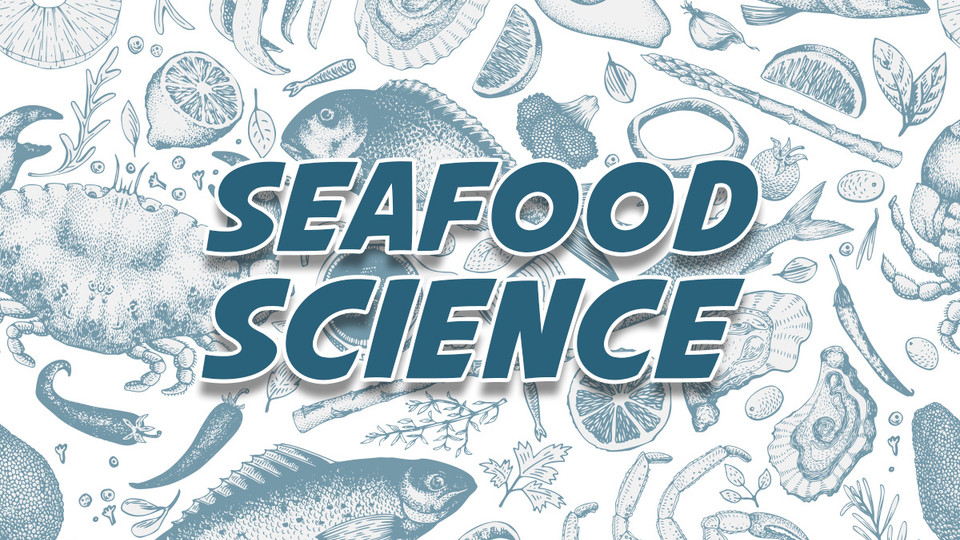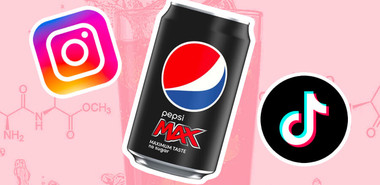
In one year, the average Australian eats 14kg of seafood. While this sounds like a lot, it’s not even close to the 49kg of poultry (mainly chicken and eggs), 28kg of pork or 25kg of beef we have on average in a year. [1]
Is it because seafood is expensive, hard to cook, or because we’ve been told it’s high in cholesterol and mercury?
The health benefits of seafood[2]
1. The secret to a healthy heart
Despite the fishy rumours, seafood is a healthy food that protects us against heart disease. [3]
While seafood contains cholesterol, it has a very small contribution to the low-density lipoprotein (LDL) cholesterol levels in your body.
Types of cholesterol in your body:
- Low-density lipoprotein cholesterol: The bad guys. They carry cholesterol into your bloodstream where it can clog up your arteries and increase your risk of stroke.
- High-density lipoprotein (HDL) cholesterol. The good guys that make your heart happy. They carry cholesterol back into the cells or the liver where they are broken down or leave the body.
When it comes to cholesterol, we want high HDL levels and low LDL levels.
The main contributor to high HDL cholesterol in your body are saturated fats and trans fats. Foods high in saturated fats and trans fats include deep-fried takeaway foods, pastries, chips cakes, biscuits and processed meats (ham, sausages, salami).
Not only does fresh seafood have very little effect on your LDL levels, it helps increase your heart-healthy HDL levels.
What’s the catch? How you cook your seafood matters! Battered and fried seafood is higher in the unhealthy fats (saturated and trans fats) that increase your LDL. Steaming, grilling and baking are better options that retains the protective benefits of seafood.
2. Healthy brains and bodies
There’s more! Regular consumption of seafood supports a healthy brain, heart and eyes. After all, 60% of your brain is fat and omega 3s are part of all the cells in your body, including the neurotransmitters in your brain! There is also promising evidence on the role of omega 3 in cognitive health, memory loss and Alzheimer’s disease.[4]
It’s also essential in the development of the nervous system and brain of babies so it’s important for pregnant or breast-feeding women to consume fish or supplement with omega 3s. A Cochrane review found that increasing intake of low-mercury fish during pregnancy or supplementing with omega 3 supplements reduce the risk of pre-mature birth and babies with a low birthweight. Experts recommended that eating or supplementing 500-1000mg of EPA + DHA, from the beginning of the second trimester, would be optimal to reduce the risk of pre-term birth. this equals to 300g of fish per week. [5]
3. Keeps you fuller for longer
Studies have shown that fish is a lean protein source, that results in greater satiety to other animal-based protein sources. In particular, a 2006 study conducted in men with a healthy weight, showed that the same 100g portion of cod is more satiating than beef and resulted in lower energy intake in following meals.[6] Previous studies have also shown that fish protein is rated as more filling than eggs, chicken and steak.[7] There has also been research conducted on whether adding in a daily meal with fish enhanced the effects of weight loss on cholesterol levels and glucose tolerance in overweight individuals with high blood pressure. It was found that the group that ate fish daily and followed a calorie-restricted diet had significantly better cholesterol levels than the group that only followed a calorie-restricted diet (although both groups lost similar amounts of weight).[8]
Nutritional value of seafood
The three main types of seafood are shellfish, white fish and oily fish.
Shellfish and white fish are a lean protein source. They are generally
- low in total fat and low in saturated fat. This makes them a great high-protein alternative to red meats such as beef, pork and lamb.
- contains less than half the amount of healthy omega 3s compared to oily fish. for example, 100g of Atlantic salmon has 1100mg of omega 3s compared to 100g of prawns which only have 200mg of omega 3s.
- They are also a good source of iron e.g. 3mg in 100g can of sardines check out my iron article here
- good source of iodine, (thyroid health), selenium, phosphorous, zinc, copper, B12, which are all essential vitamins and minerals that your body needs to function optimally.
Oily fish:
- Your daily dose of Vitamin D. Whilst most of us get all the vitamin D we need from the sun, it can be harder for the elderly, individuals who are housebound, covering their body for cultural or religious reasons or avoiding the sun are at higher risk to receive adequate amounts of Vitamin D. Individuals with dark skin also absorb less sunlight and require sunlight exposure for longer periods of time to attain optimal Vitamin D levels. For individuals with minimal sunlight exposure under 50 years old, the recommendation is 5 micrograms of Vitamin D. This increases to 10 micrograms for those over 50 years old, and 15 micrograms of Vitamin D for individuals over the age of 70 with minimal time spent in the sun. This is easily met if you love oily fish. 100g of salmon, sardines, mackerel, herring all contain more than 5ug of vitamin D.
- Very high in omega 3s
One of the best ways to increase your omega 3 intake is to have more oily fish. If you’re not in the mood to cook your fish or you’re looking for a budget-friendly source, 100g of canned sardines has over 1500mg of EPA + DHA. In particular, John West’s Sardines in Extra Virgin Olive Oil has 2900mg of Omega-3s and their Wild Alaskan Pink Salmon has 1700mg of EPA + DHA in a 100g can. - High in calcium & phosphorous: to help you build stronger bones
Did you know that canned salmon has more calcium than a tub of yoghurt? 100g of canned salmon has 250mg of calcium which is 25% of recommended daily calcium intake for adults. On the other hand, a standard 150g tub of yogurt only has 200mg of calcium. The reason why canned fish is so high in calcium is because they have edible bones. Unfortunately, fish has minimal amounts of calcium if you don’t eat the bones.
Most seafood options are packed with phosphorous, including salmon and tuna. Calcium and phosphorous both work in the body to build, maintain and repair bones and teeth.
What’s the fuss about Omega 3s
Omega 3s are essential part of our diet because they are part of cell membranes and are involved in regulating inflammation, blood clotting, and arterial contraction and relaxation. Consuming high levels of omega 3s has been associated with a reduced risk of developing cardiovascular disease and breast cancer.[9] Fish also appears to protect the brain with research showing that higher fish intakes are linked to lower rate of memory decline.[10] There is also evidence that eating more than 100g of fish per week is associated with reduced risk of developing dementia and depression. [11]
There are three types of Omega 3s; alpha-linolenic acid (ALA), eicosapentaenoic acid (EPA), and docosahexaenoic acid (DHA).
- ALA is a type of omega 3 found in plant foods such as chia seeds, flaxseeds, walnuts and vegetable oils. Since your body can’t produce ALA, it is an essentially fatty acid that you need to get through your diet.
- EPA + DHA is abundant in seafood. It is not a considered an essential fatty acid because your body can convert some ALA into EPA + DHA. However, your body can only make very small amounts of EPA + DHA. Therefore, it is recommended that seafood is consumed regularly to ensure adequate EPA + DHA.
How much do you need?
Mix up your protein sources to include 2 meals with seafood. Looking for fresh, sustainably sourced and perfectly cooked seafood that you don’t have to cook? Bondi meal prep has New Zealand king salmon, Steamed Hoki and Humpty Doo Barramundi on their menu. Check out our review here! [link Bondi Prep review here]


